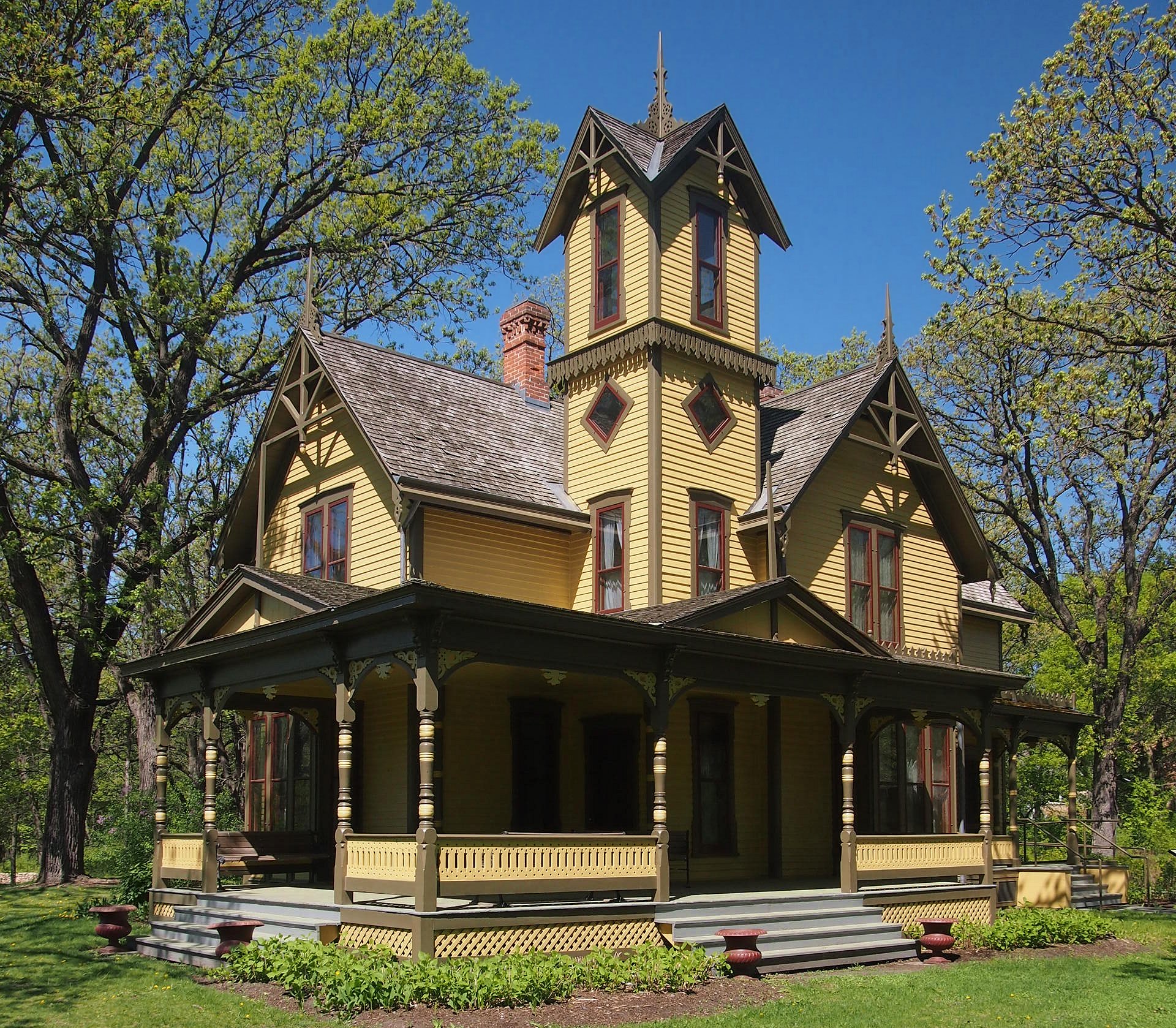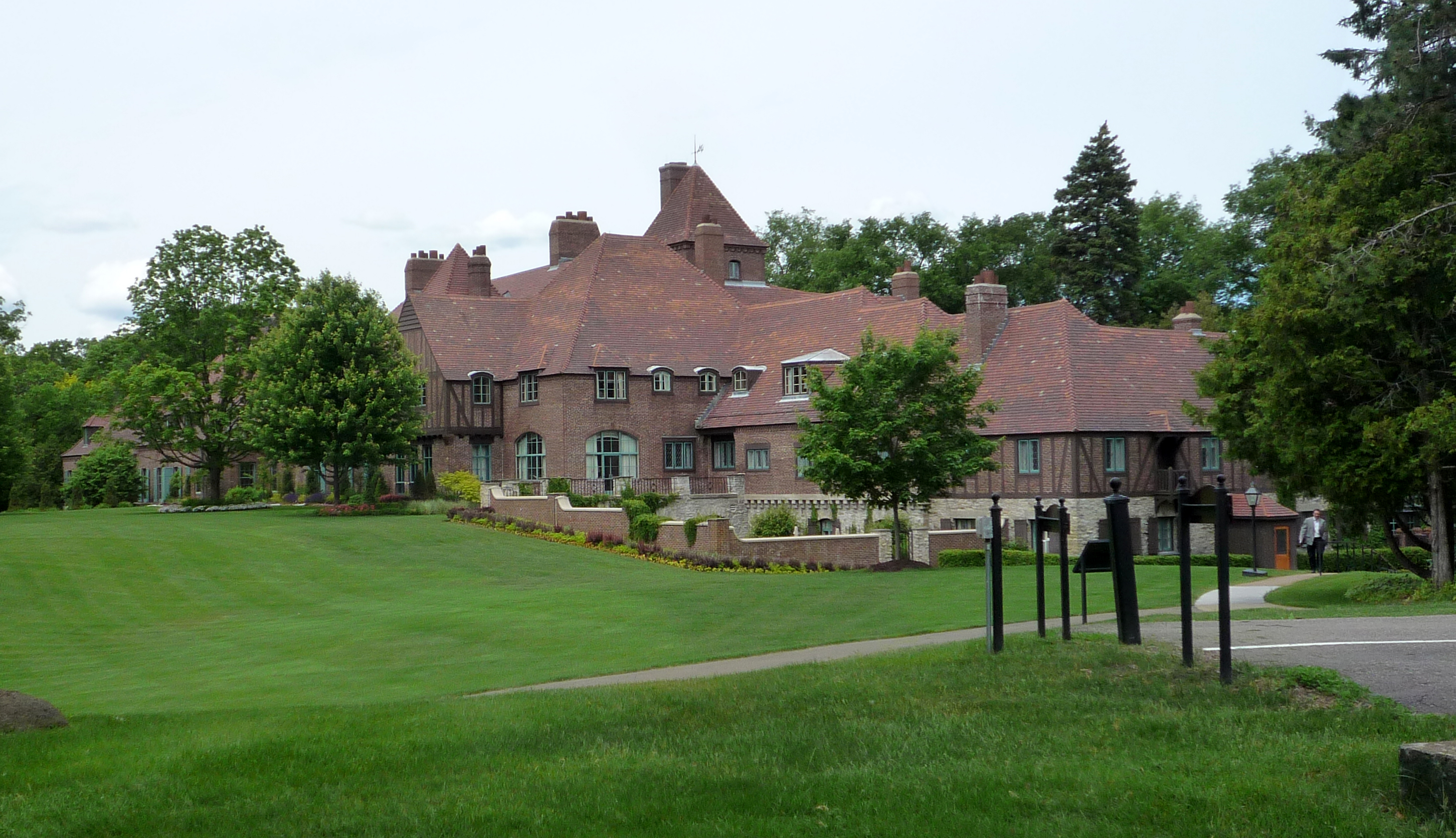|
Minnetonka, Minnesota
Minnetonka ( ) is a city in Hennepin County, Minnesota, United States. A western suburb of the Minneapolis-Saint Paul, Twin Cities, Minnetonka is located about west of Minneapolis. At the 2020 United States census, 2020 census, the city's population was 53,781. Minnetonka is the home of Cargill, the country's List of largest private non-governmental companies by revenue, largest privately owned company, and UnitedHealth Group, the state's largest publicly owned company. Interstate 494, I-494 runs through the city while Interstate 394, I-394/U.S. Route 12 in Minnesota, US 12 and U.S. Route 169 in Minnesota, US 169 are situated along the suburb's northern and eastern boundaries respectively. History Since the mid-19th century, Minnetonka has evolved from heavily wooded wilderness through extensive farming and industrialization to its present primarily residential suburban character. The Minnetonka area was home to the Dakota people, Dakota and Ojibwe people, Ojibwe Native Ameri ... [...More Info...] [...Related Items...] OR: [Wikipedia] [Google] [Baidu] |
City
A city is a human settlement of a substantial size. The term "city" has different meanings around the world and in some places the settlement can be very small. Even where the term is limited to larger settlements, there is no universally agreed definition of the lower boundary for their size. In a narrower sense, a city can be defined as a permanent and Urban density, densely populated place with administratively defined boundaries whose members work primarily on non-agricultural tasks. Cities generally have extensive systems for housing, transportation, sanitation, Public utilities, utilities, land use, Manufacturing, production of goods, and communication. Their density facilitates interaction between people, government organisations, government organizations, and businesses, sometimes benefiting different parties in the process, such as improving the efficiency of goods and service distribution. Historically, city dwellers have been a small proportion of humanity overall, bu ... [...More Info...] [...Related Items...] OR: [Wikipedia] [Google] [Baidu] |
Cargill
Cargill, Incorporated is an American multinational food corporation based in Minnetonka, Minnesota, Minnetonka, Minnesota, and incorporated in Wilmington, Delaware. Founded in 1865 by William Wallace Cargill, it is the largest privately held company in the United States in terms of revenue. Some of Cargill's major businesses are trading, purchasing and distributing cereal, grain and other agricultural commodity, commodities, such as palm oil; trading in energy, steel and transport; raising livestock and production of fodder, feed; and producing food ingredients such as starch and glucose syrup, vegetable oil, vegetable oils and fats for application in ultra-processed foods and industrial use. Cargill also has a large financial services arm, which manages financial risks in the commodity markets for the company. In 2003, it split off a portion of its financial operations into Black River Asset Management, a hedge fund with about $10 billion of assets and liabilities. It previou ... [...More Info...] [...Related Items...] OR: [Wikipedia] [Google] [Baidu] |
Maple Tree
''Acer'' is a genus of trees and shrubs commonly known as maples. The genus is placed in the soapberry family Sapindaceae.Stevens, P. F. (2001 onwards). Angiosperm Phylogeny Website. Version 9, June 2008 nd more or less continuously updated since http://www.mobot.org/MOBOT/research/APweb/. There are approximately 132 species, most of which are native to Asia, with a number also appearing in Europe, northern Africa, and North America. Only one species, '' Acer laurinum'', extends to the Southern Hemisphere.Gibbs, D. & Chen, Y. (2009The Red List of Maples Botanic Gardens Conservation International (BGCI) The type species of the genus is the sycamore maple ''Acer pseudoplatanus'', one of the most common maple species in Europe.van Gelderen, C. J. & van Gelderen, D. M. (1999). '' Maples for Gardens: A Color Encyclopedia'' Most maples usually have easily identifiable palmate leaves (with a few exceptions, such as '' Acer carpinifolium'', '' Acer laurinum'', and '' Acer negundo'') ... [...More Info...] [...Related Items...] OR: [Wikipedia] [Google] [Baidu] |
Sawmill
A sawmill (saw mill, saw-mill) or lumber mill is a facility where logging, logs are cut into lumber. Modern sawmills use a motorized saw to cut logs lengthwise to make long pieces, and crosswise to length depending on standard or custom sizes (dimensional lumber). The Portable sawmill, "portable" sawmill is simple to operate. The log lies flat on a steel bed, and the motorized saw cuts the log horizontally along the length of the bed, by the operator manually pushing the saw. The most basic kind of sawmill consists of a chainsaw and a customized jig ("Alaskan sawmill"), with similar horizontal operation. Before the invention of the sawmill, boards were made in various manual labour, manual ways, either wood splitting, rived (split) and plane (tool), planed, hewing, hewn, or more often hand sawn by two men with a whipsaw, one above and another in a saw pit below. The earliest known mechanical mill is the Hierapolis sawmill, a Roman water-powered stone mill at Hierapolis, Asia M ... [...More Info...] [...Related Items...] OR: [Wikipedia] [Google] [Baidu] |
Treaty Of Traverse Des Sioux
The Treaty of Traverse des Sioux () was signed on July 23, 1851, at Traverse des Sioux in Minnesota Territory between the United States government and the Dakota people, Upper Dakota Sioux bands. In this land cession treaty, the Sisseton and Wahpeton Dakota bands sold 21 million acres of land in present-day Iowa, Minnesota and South Dakota to the U.S. for $1,665,000. The treaty was instigated by Alexander Ramsey, the first governor of Minnesota Territory, and Luke Lea (Commissioner of Indian Affairs), Luke Lea, Commissioner of Indian Affairs in Washington, D.C. They were assisted by territorial Congressional delegate Henry Hastings Sibley and the traders who sought compensation for business losses which appeared on their books as "Indian debts." Governor Ramsey and Commissioner Lea justified the Treaty of Traverse des Sioux and the Treaty of Mendota to the United States Congress on the basis of an "overwhelming tide of migration...increasing and irresistible in its westward progre ... [...More Info...] [...Related Items...] OR: [Wikipedia] [Google] [Baidu] |
Minnehaha Creek
Minnehaha Creek () is a tributary of the Mississippi River that flows east from Gray's Bay Dam on Lake Minnetonka through the suburban cities of Minnetonka, Hopkins, Saint Louis Park, and Edina, and the city of Minneapolis. The creek flows over Minnehaha Falls in Minnehaha Park near its mouth at the Mississippi River. History As with much of the Midwest, the area around the creek and Lake Minnetonka was originally inhabited by a native culture affiliated with the Mound Builders, but by the 1700s was occupied by the Mdewakanton People, a sub-tribe of the Dakota. The first Euro-Americans whose expedition to the area was documented were Joe Brown and Will Snelling, who canoed up the creek from Fort Snelling Fort Snelling is a former military fortification and National Historic Landmark in the U.S. state of Minnesota on the bluffs overlooking the confluence of the Minnesota and Mississippi Rivers. The military site was initially named Fort Saint An .... Watershed The ... [...More Info...] [...Related Items...] OR: [Wikipedia] [Google] [Baidu] |
Fort Snelling
Fort Snelling is a former military fortification and National Historic Landmark in the U.S. state of Minnesota on the bluffs overlooking the confluence of the Minnesota and Mississippi Rivers. The military site was initially named Fort Saint Anthony, but it was renamed Fort Snelling once its construction was completed in 1825. Before the American Civil War, the U.S. Army supported slavery at the fort by allowing its soldiers to bring their personal enslaved people. These included African Americans Dred Scott and Harriet Robinson Scott, who lived at the fort in the 1830s. In the 1840s, the Scotts sued for their freedom, arguing that having lived in "free territory" made them free, leading to the landmark United States Supreme Court case '' Dred Scott v. Sandford''. Slavery ended at the fort just before Minnesota statehood in 1858. The fort served as the primary center for U.S. government forces during the Dakota War of 1862. It also was the site of the concentration camp where ... [...More Info...] [...Related Items...] OR: [Wikipedia] [Google] [Baidu] |






